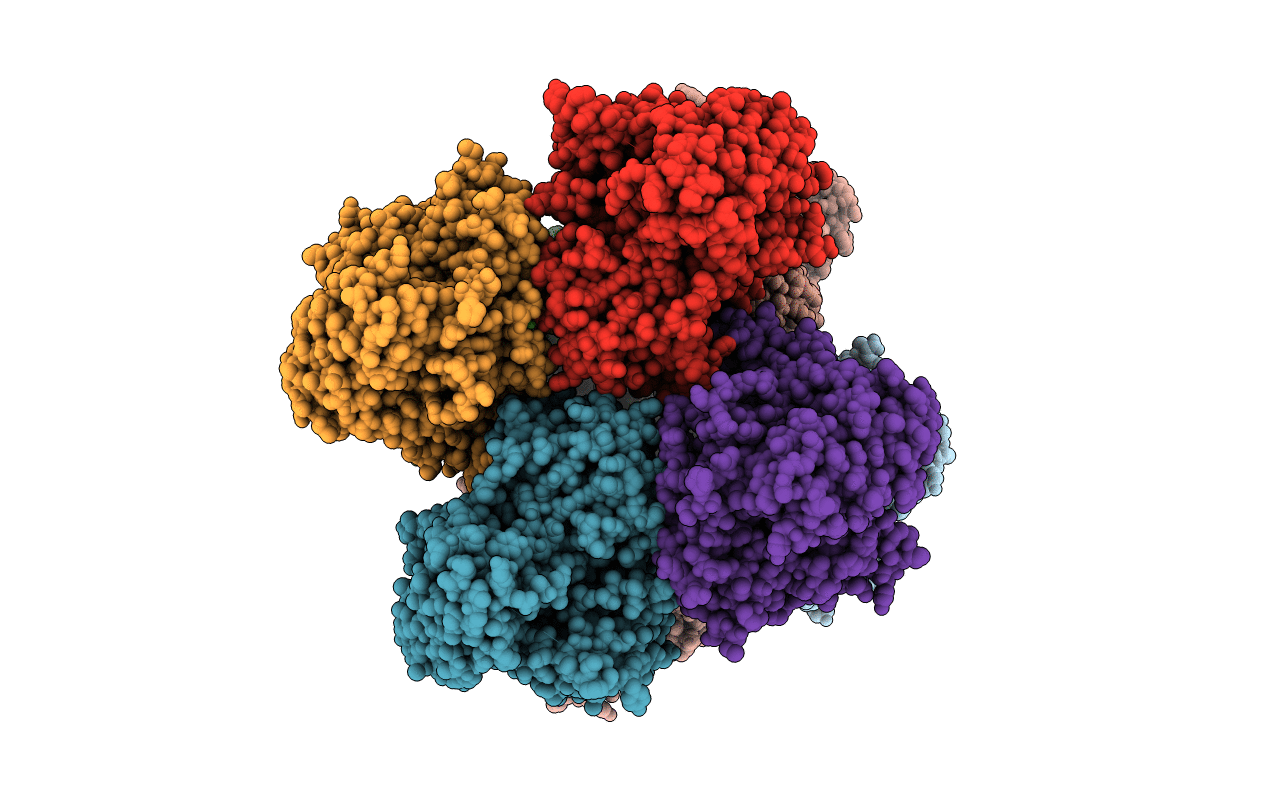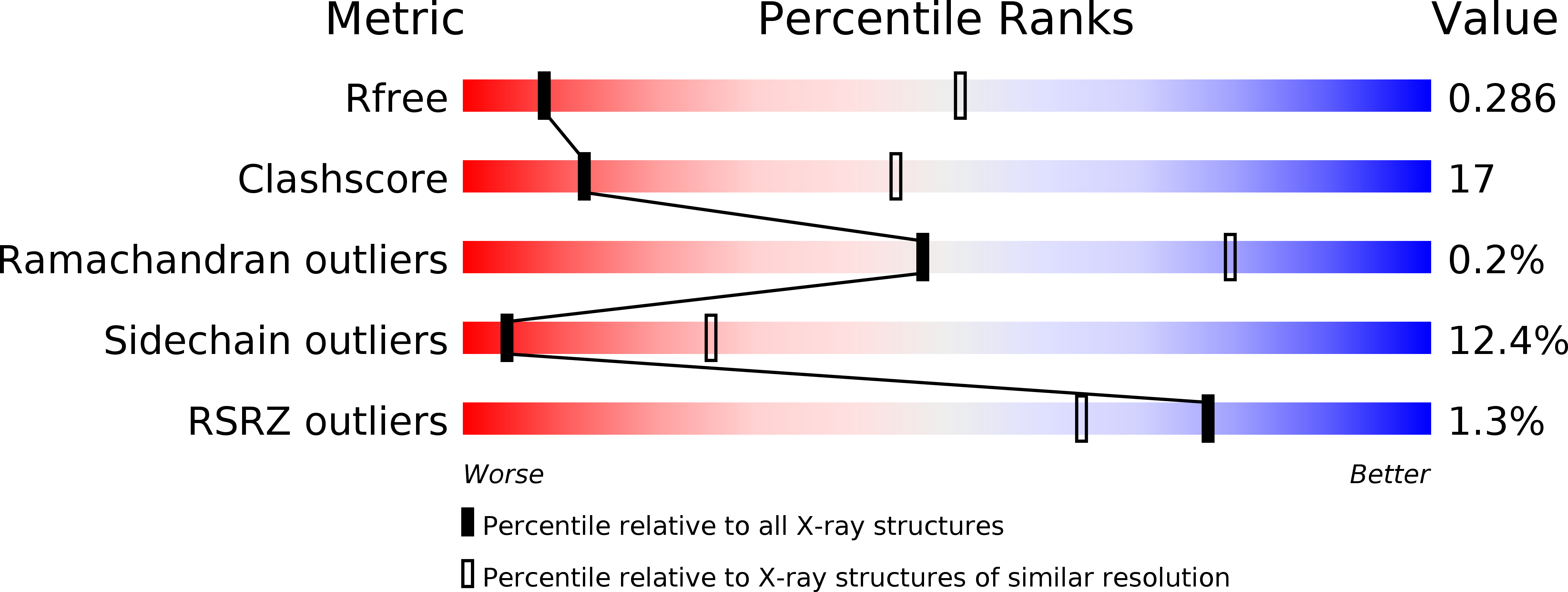
Deposition Date
2011-10-12
Release Date
2011-12-07
Last Version Date
2024-02-28
Method Details:
Experimental Method:
Resolution:
3.61 Å
R-Value Free:
0.28
R-Value Work:
0.25
R-Value Observed:
0.26
Space Group:
P 21 21 21


